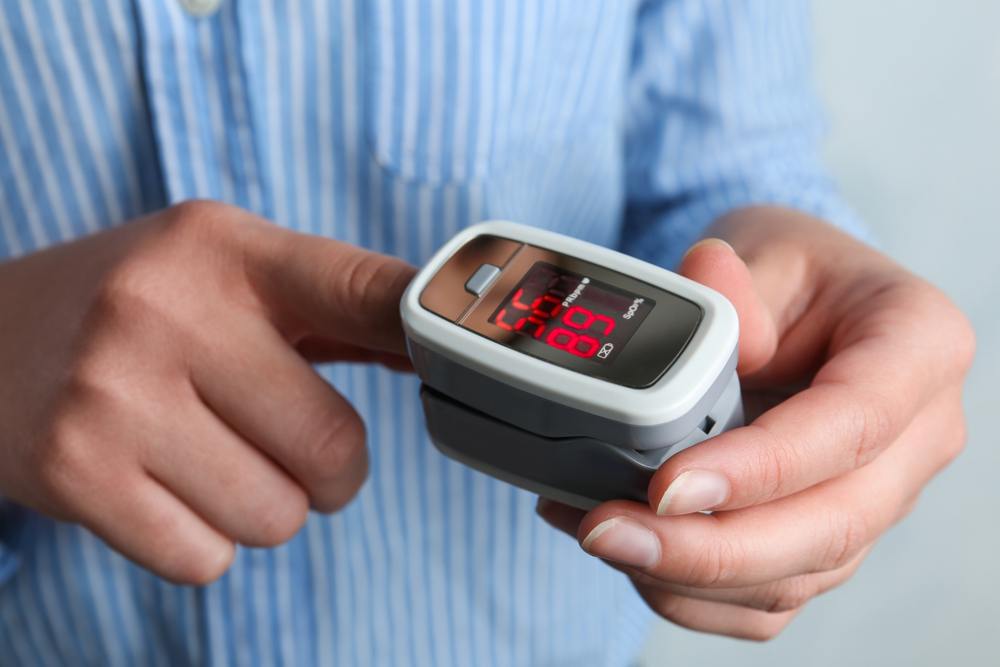7 Essential Steps to Take After Testing Positive For COVID-19

Step #4: Get a thermometer and a pulse oximeter
While I’m well aware not all of us can afford these devices, getting a thermometer and a pulse oximeter can prevent serious health complications so they’re definitely worth the investment.
The pulse oximeter is a tool which measures how much oxygen you have in your blood. Since COVID-19 affects the respiratory system, your oxygen levels can change rapidly (even if you’re asymptomatic!), in which case you should alert your doctor immediately.
Dr. Otto Yang, professor of infectious disease at the David Geffen School of Medicine at UCLA, explains that many COVID-19 patients experienced dangerously low oxygen levels without feeling a thing. With a pulse oximeter, you can measure the oxygen in your blood in a matter of minutes right from the comfort of your home.
If you can’t afford this device (you can find them for as low as $25 online), make sure to watch out for any unusual symptoms. If you’re suddenly getting short of breath or dizzy, you should call your doctor immediately.
Step #5: Let your family, friends and doctor know
Regardless if you’ve tested positive at a drive-thru facility, a clinic or via an at-home test, one of the first things you should to is to call your primary physician (if you have one) and let them know.
Jade Flinn, nurse educator for the biocontainment unit at Johns Hopkins Medicine, says that your primary care doctor can guide you on what measures you should take to stay safe and healthy within the following weeks.
Not only are they qualified to provide virtual medical assistance while you’re self-isolating, but primary physicians already know your medical history, which can help them make the right decision in case of emergency.
Next, you should call every single person you’ve met recently so they can get tested or enter quarantine as well. Tell your friends, family, co-workers or anybody you know you’ve come in close contact with.
I know many people are still feeling ashamed or guilty about their diagnosis, but this is no time to hide: it’s time to save lives and protect our loved ones as much as we can.
